Animals
10 U.S. States Showing Signs Of Black Bear Comebacks

Someone swore they saw one by the parking lot. Another found paw prints outside a cabin. No, it’s not a forest fairy tale. Black bears are making themselves known in new corners of the country. Curious about these developments? Here’s a look at ten states showing how this quiet shift is taking shape according to data spanning from 2022 to 2025.
Maine

You might feel like you can get lost in the woods of Maine, but you probably wouldn’t be alone. The vast forests are home to over 35,000 black bears from the Allagash to the Appalachians. With stable numbers supported by regulated hunting and habitat protection, wildlife recovery here is a success, though sightings near rural communities are increasing.
Montana

Don’t be surprised if you see one here, as the black bears in Montana don’t just stick to the mountains. They’re making their way across a variety of habitats, from the thick forests of the Rockies to the grasslands. How they adapt is key, as they thrive on the food sources these diverse environments provide, particularly around river corridors.
New York
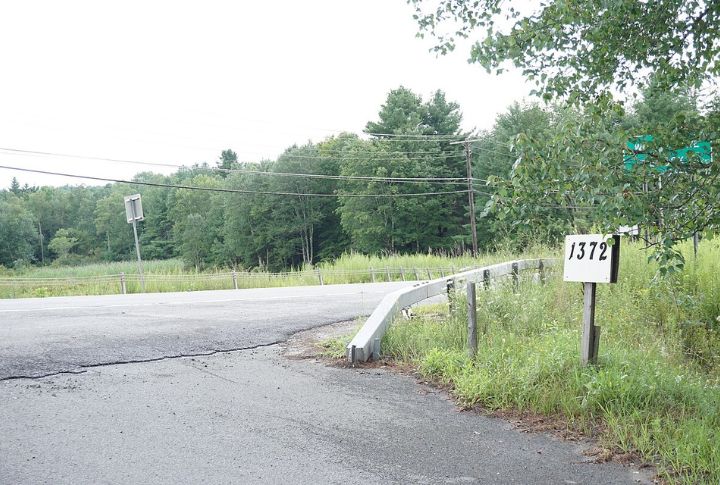
It’s not unusual to find a black bear in New York’s upstate areas. The state’s forests have become prime territory for these creatures, moving more into suburban regions that cause over 1,000 human-bear conflict complaints annually. With the growth of their population, they adapt to human habitats, often searching for easy meals like compost or pet food.
Michigan
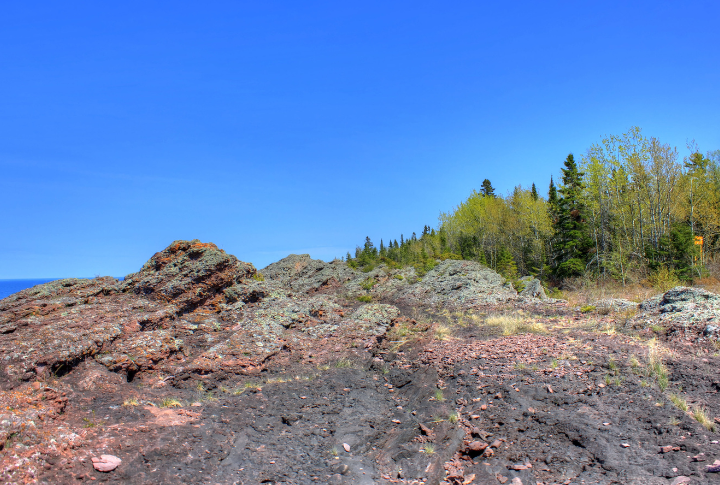
Black bears in Michigan have become something of a success story. Previously concentrated in the Upper Peninsula, these animals have spread southward slowly. Despite occasional conflicts, game management efforts work well here, mostly in rural areas where bears raid garbage or feeders, with rarer suburban encounters.
Wisconsin
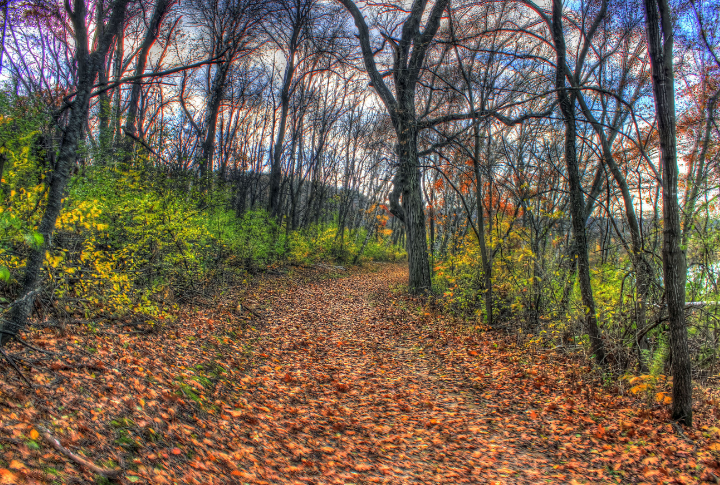
As more bears push into the southern counties, it’s clear that their habitat is expanding. These bears now live closer to human-populated areas, thanks to forest regeneration and more food sources along the way. Spotting a black bear was a rare event in Wisconsin’s southern regions. Not anymore.
Pennsylvania
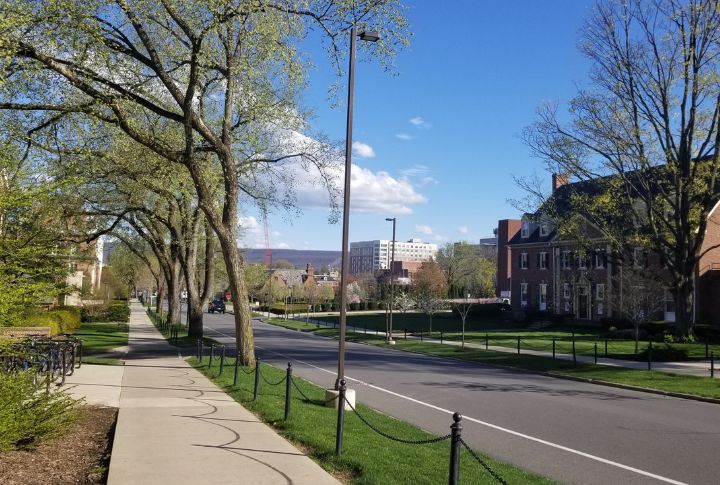
Once severely reduced, Pennsylvania’s black bear population has made a remarkable recovery. Now 18,000–20,000 strong, the bears roam across the state with frequent sightings in residential areas near forests. The real challenge is to manage bear-human encounters, especially during peak food-searching seasons like fall, when bears forage in neighborhoods near forests.
Colorado

In Colorado, black bears can adapt to a mix of wild and suburban spaces. Often finding themselves attracted to the fruit trees and trash bins in neighborhoods, their new patterns have led to more proactive wildlife management. Colorado Parks and Wildlife has ramped up education and bear-proofing efforts alongside active population monitoring.
California
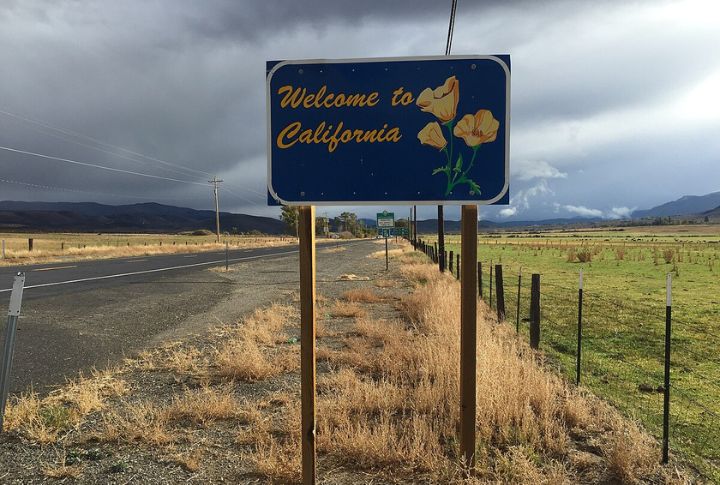
While California’s 30,000–40,000 black bears are widespread, those in southern regions like San Bernardino’s forests are smaller, adapting to drought-driven food scarcity. From Sierra Nevada wilds to Los Angeles suburbs, they cross through diverse terrains, triggering 1,000–1,500 conflicts yearly as they exploit human food sources.
Florida
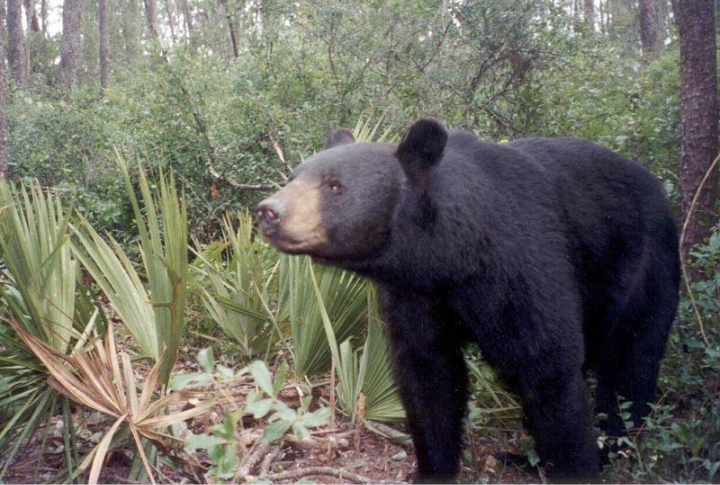
Nearly down to a few hundred in the 1970s, Florida’s black bears are now making a comeback. Concentrated in pockets like Ocala and Big Cypress, they face one big challenge—rapid development. Wildlife corridors and bear-friendly infrastructure are vital now to help keep this population connected while avoiding collisions with roads.
North Carolina
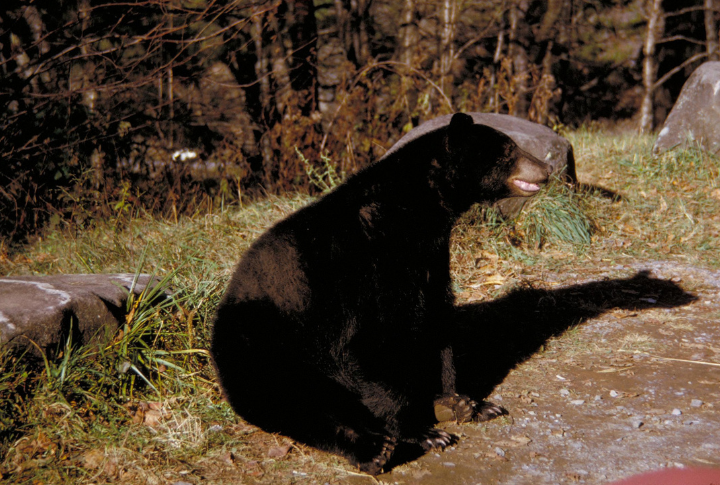
While numbers are up, so are the challenges of managing human-bear interactions in these more populated regions. Recently, they’ve been roaming into the Piedmont and near cities like Asheville. Fueled by connected habitats, this expansion brings 800–1,000 annual human-bear interactions, often over garbage, which challenges wildlife managers.

